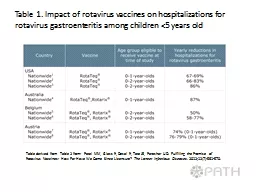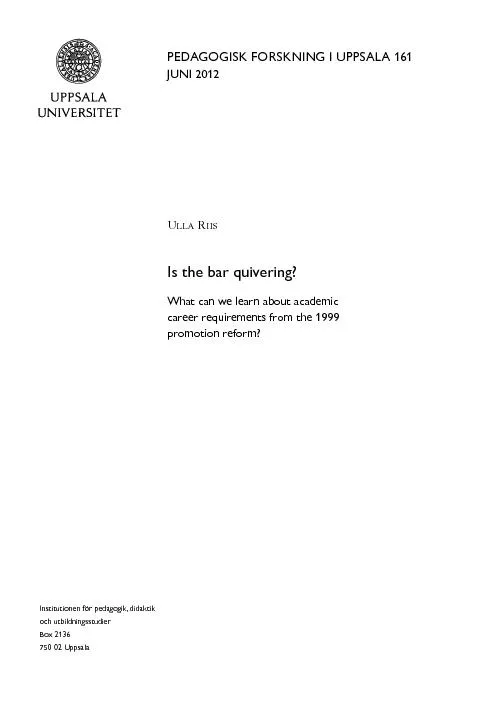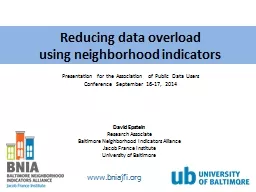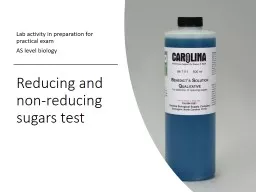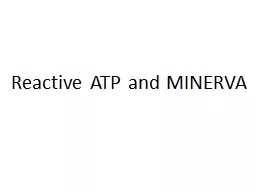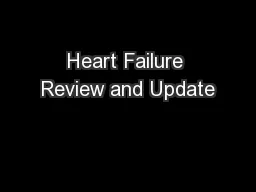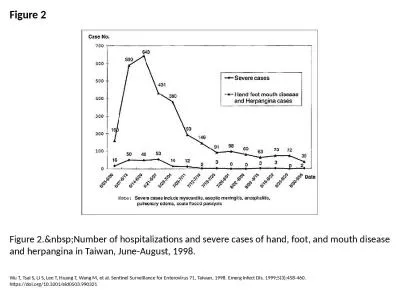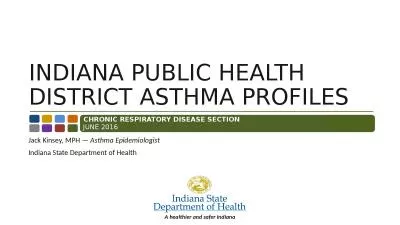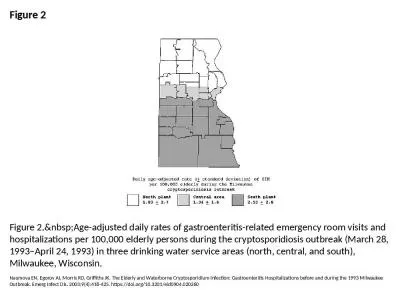PPT-Reducing Re-hospitalizations in the Frist 30 Days and Beyond-
Author : olivia-moreira | Published Date : 2018-10-13
Are the Clinicians Ready Danielle Pierotti RN PHD CENP Interim CEO Vice President Quality and Research ElevatingHOME and Visiting Nurse Associations of America
Presentation Embed Code
Download Presentation
Download Presentation The PPT/PDF document "Reducing Re-hospitalizations in the Fris..." is the property of its rightful owner. Permission is granted to download and print the materials on this website for personal, non-commercial use only, and to display it on your personal computer provided you do not modify the materials and that you retain all copyright notices contained in the materials. By downloading content from our website, you accept the terms of this agreement.
Reducing Re-hospitalizations in the Frist 30 Days and Beyond-: Transcript
Download Rules Of Document
"Reducing Re-hospitalizations in the Frist 30 Days and Beyond-"The content belongs to its owner. You may download and print it for personal use, without modification, and keep all copyright notices. By downloading, you agree to these terms.
Related Documents


